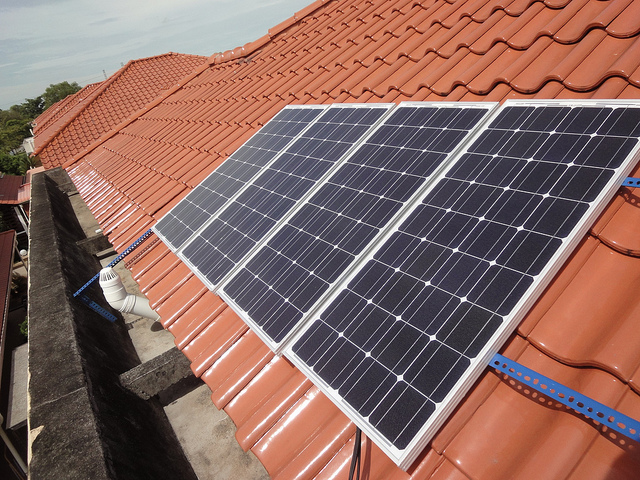
A few articles over the last month on the substantial problems from trying to rely on intermittent power sources.
- Heavy use of wind and solar in Germany is also destabilizing the grid in Poland and Czech Republic
- New words to use when discussing intermittent energy: energy from weather; wind plants (not farms); corporate welfare recipients
- Effective capacity from energy sources in US (actual output compared to theoretical nameplate rating): wind 13%, solar 38%, natural gas 87%
- Solar panels lose output when it is really hot on the roof
2/16/17 – Wall Street Journal – In Central Europe, Germany’s Renewable Revolution Causes Friction / The country’s surplus power, a byproduct of its shift to green energy, is spilling over into Poland and Czech Republic, straining their electrical grids – Germany’s grand plan of Energiewende (meaning energy revolution) involves generating massive amounts of unreliable and unpredictable power from solar and wind sources in the northern part of the country for use in the industry intensive southern region. An additional problem (beyond massive surge and drops in production) is the country does not have enough power lines to transmit the electricity from the north to the south. As a result the power is transferred into Poland and Czech Republic and then in turn transmitted to southern Germany. Essentially the electricity is rerouted a couple hundred miles east before it is routed 400 or 500 miles south.
The complication is that on those days with lots of sunlight and those hours when there happens to strong wind (but not too much) the Polish and Czech energy markets are overwhelmed with surplus energy.
The grid in those two countries is not designed to handle that massive surge in power. Utilities in those two countries spent something on the order of $400 million in the last few years to upgrade their grid. The cost of course is borne by the consumers in those countries, not Germany who doesn’t have a capacity to transmit electricity.
That overload is threatening a collapse of the grid in those two countries. In addition, this is also disrupting the market for electricity in Poland and Czech Republic which is hurting utilities and power plants producing electricity there.
4/6/17 – Why not wind power – The Magic of Wind – New terminology I need to apply and keep in mind:
- Energy from weather = wind energy
- Wind plants = wind farms – nothing grows on them so they aren’t farms; they are constructed, like an energy producing coal facility, which is a coal plant, not a coal farm. A facility with natural gas as in input and electricity as an output is not a natural gas farm.
- Corporate welfare recipients = wind developers
- Enough to power 100,000 homes when the weather is right = enough to power 100,000 homes
5/24/17 – The Million Dollar Way – PJM Provides Update on Efficient of Intermittent Energy – Article provides the actual output from solar plants compared to nameplate capacity for European countries. With 215 GW of theoretical nameplate capacity, there is merely 38.7 GW of output. That is an effective capacity of 18%.
- 18%.
One-fifth of the rated capacity.
Article asks what the comparable number is for natural gas.
- 87%.
Link to another article provides the following capacity factors for power in US:
- 13% – wind
- 38% – solar
That is why wind and solar should be referred to as intermittent power. Or unreliable. Or energy from weather.
6/21/17 – Andrew Follott at Daily Caller – Solar Power Stops Working Well When It’s Hot Outside – The VP of a green energy company says solar panels drop 1.1% of their output for every 1.8 degrees above 107. A glass solar panel sitting on a roof with no circulation under it can hit 140 or 160. That can result in a loss of output ranging from 10% up to 25% .
The additional irony is the worst output degradation would obviously take place when there is the highest demand for electricity. Just when the production is needed most, the output drops.